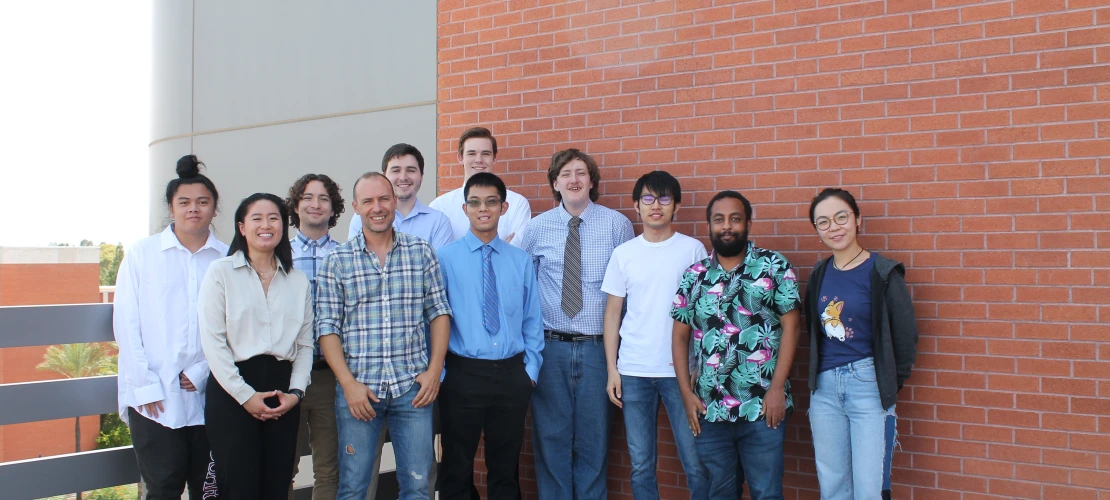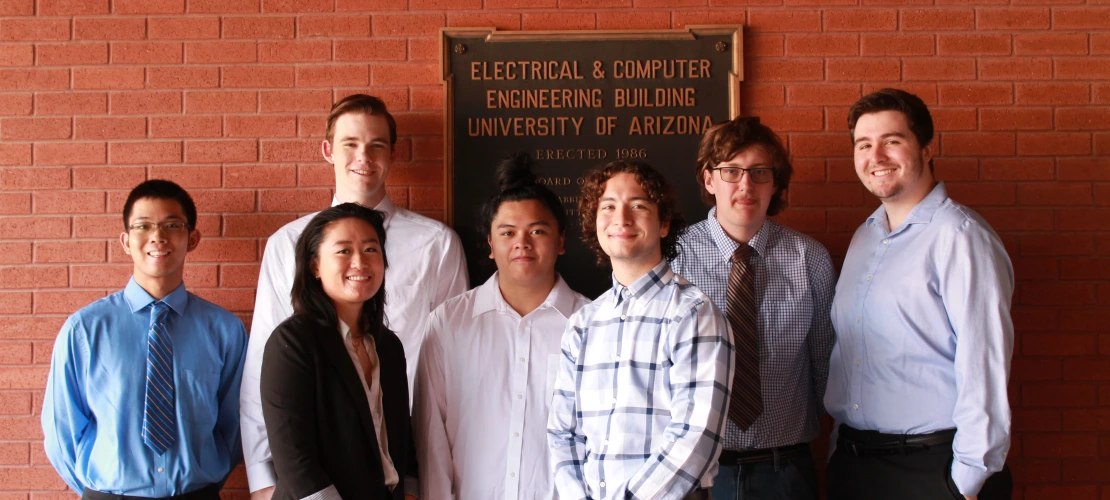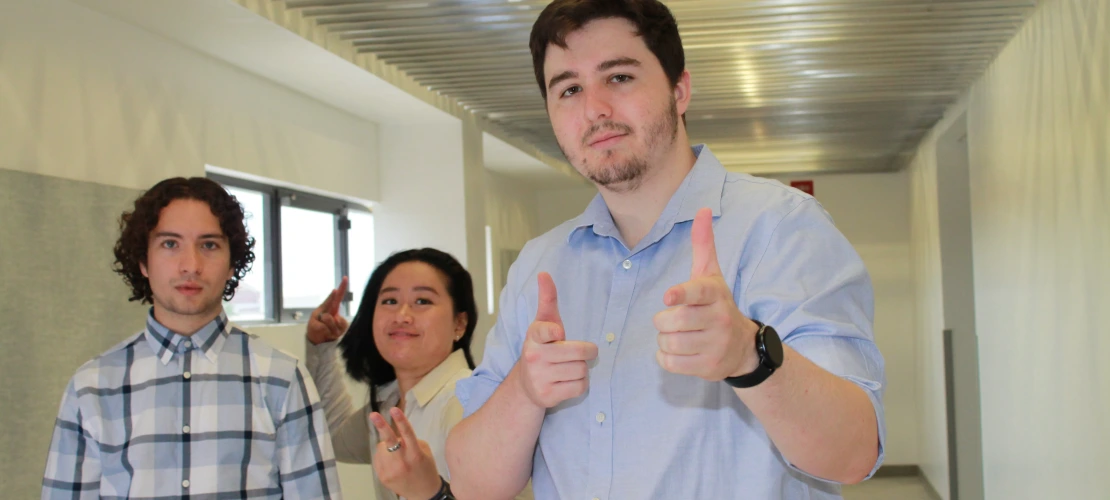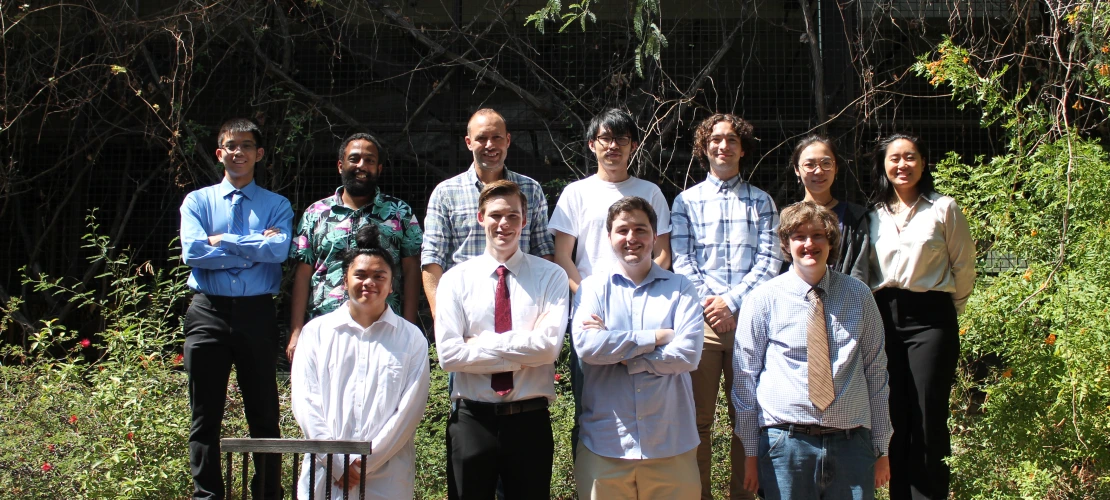Past Projects 2021
Automatic Modulation Classification Using Reinforcement Learning
Automatic modulation classification (AMC) is the method of determining the modulation of a signal by trying to learn different features/properties of the received signal. AMC is useful in various civilian and military applications; such as recognizing allies and reducing overhead requirements. Many recent works have shown that different neural network architectures can be an effective tool for performing AMC. There have also been works exploring the use of AMC with equalization (i.e. filtering) to remove distortion caused by the channel. However, depending on the channel conditions, one combination of a neural network and equalizer could perform better than another. In this paper, we investigate applying reinforcement learning (RL) to a system using a blind equalizer followed by a bank of neural networks for the purpose of modulation classification. We use RL to learn/select the optimal equalizer structure and neural network for AMC.
Wiggle: Physical Challenge-Response Verification of Vehicle Platooning
Autonomous vehicle platooning promises many benefits such as fuel efficiency, road safety, reduced traffic congestion, and passenger comfort. In a typical platooning setting, vehicles travel in single file at the same speed and remain separated by the same distances. The platoon formation is autonomously maintained by a Cooperative Adaptive Cruise Control (CACC) system which fuses messages from V2X communications and sensory data (cameras, LIDAR, and radar) to navigate and maintain velocity and distance. Since messages exchanged between vehicles contain information critical to the performance and safety of the platoon, message integrity and trust between platoon members are of utmost importance. Whereas message integrity and source authentication can be verified via the PKI supported by the V2X standards, establishing the truthfulness of the information is a much harder task.
This work establishes a physical access control mechanism to restrict the message exchange to platoon members. Specifically, we aim at tying the digital identity of a candidate vehicle requesting to join a platoon to its physical trajectory and ensuring that the candidate is indeed following the platoon. Existing approaches to the following problem are susceptible to prerecording and other attacks, or are only able to bound the candidate’s distance to the verifier without relative positioning and lane verification. We devise a Proof-of-Following protocol based on a physical challenge-response method whereby an existing platoon member, called the verifier challenges a platoon candidate to perturb his distance to the verifier via a random sequence of longitudinal movements. The verifier then measures such distance perturbations using its radar modality. We show that the verifier can attest that the candidate follows behind (relative positioning) at the designated platooning distance, and in the same lane.
Past Projects 2020
Machine Learning Based MIMO Equalizer for High Frequency (HF) Communications
Utilization of multiple-input multiple-output (MIMO) systems as a means of increasing channel capacity has been an area of increasing consideration in radio communications. However, less study has been devoted to MIMO in the high-frequency band. This research is important because high-frequency communication using MIMO allows for international communication at long distances using lower power consumption than many other approaches. The inter-symbol interference caused by the selective fading of multiple received signals and the randomness of the ionospheric conditions means there is a need for a novel solution. The purpose of this research is to introduce two machine learning approaches that can adaptively apply equalization algorithms to address fading and optimize equalization parameters for given ionospheric conditions. The novelty of our approach lies in two main factors. The first is that our approach allows for a software-defined radio to switch equalization algorithms depending on conditions during run-time. The second is that we optimize this selected algorithm further by using two machine-learning approaches. The first proposed cognitive engine model, which utilizes a genetic algorithm, demonstrates the validity and advantage of using a cognitive engine to select optimal equalization parameters at the receiver under the problems created by utilizing the high-frequency band. This approach acts as a comparison for our second. We then propose a second cognitive engine, the adaptive manipulator, which optimizes not only by selecting equalization parameters but also continually changes the equalization algorithm. Finally, we compare the performance of the proposed cognitive engine models with state-of-the-art algorithms.
Cognitive Radio Anti-Jamming Develop Environment
Due to the lack of required infrastructure, the HF band is popular for military communications over long distances. This makes this band a popular target when it comes to jamming attacks. Our objective with this work is to create an HF environment to develop and test jamming and anti-jamming technology in a competitive environment using Simulink. This environment provides the option to change the environmental conditions of the HF (High Frequency) channel and will let the user choose from a variety of jammers available including a cognitive jammer to test anti-jamming technology against. While running, the environment gathers data such as BER (bit error rate) to evaluate system performance.









